Home>Gardening & Outdoor>Landscaping Ideas>How To Get Green Grass
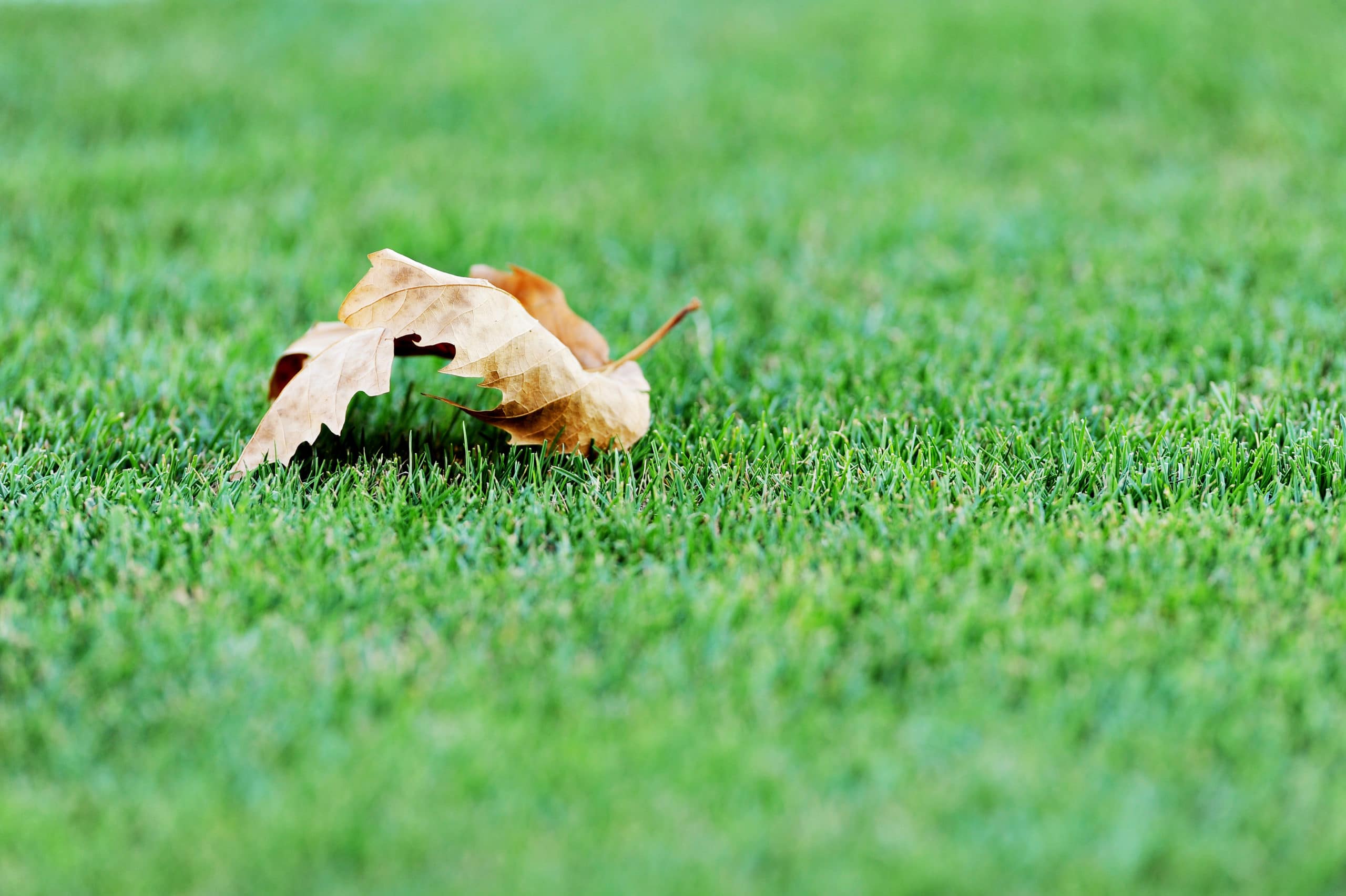

Landscaping Ideas
How To Get Green Grass
Published: February 1, 2024
Achieve a lush, green lawn with our expert landscaping ideas. Discover tips and techniques for transforming your yard into a vibrant oasis.
(Many of the links in this article redirect to a specific reviewed product. Your purchase of these products through affiliate links helps to generate commission for Storables.com, at no extra cost. Learn more)
Introduction
Welcome to the wonderful world of lush green lawns! A vibrant, healthy lawn not only enhances the beauty of your home but also provides a refreshing outdoor space for relaxation and recreation. Achieving that coveted emerald green carpet of grass requires a combination of knowledge, effort, and a touch of finesse. In this comprehensive guide, we will explore the essential steps to transform your lawn into a verdant oasis that will be the envy of the neighborhood.
Whether you are a seasoned lawn care enthusiast or a novice homeowner eager to elevate your landscaping game, this article will equip you with the knowledge and tools necessary to cultivate a thriving green lawn. From understanding the intricacies of your soil to selecting the right grass seed, from mastering the art of watering and fertilizing to tackling common lawn issues, we will delve into every aspect of lawn care with practical insights and expert tips.
So, roll up your sleeves, put on your gardening gloves, and get ready to embark on a journey to transform your outdoor space. By the end of this guide, you will be well-versed in the art and science of nurturing green grass, ready to create a picturesque landscape that leaves a lasting impression. Let's dive in and unlock the secrets to achieving a lush, vibrant lawn that beckons bare feet and outdoor gatherings.
Key Takeaways:
- Understanding your soil’s pH, nutrient levels, and texture is crucial for selecting the right grass and customizing your lawn care routine to promote healthy, vibrant greenery.
- Choosing the appropriate grass seed based on climate, soil type, sun exposure, and foot traffic sets the foundation for a resilient, lush green lawn that thrives year-round.
Read more: How To Get Putting Green Grass
Understanding Your Soil
Before you embark on your quest for the perfect lawn, it’s crucial to understand the foundation beneath the grass: your soil. Soil composition plays a pivotal role in determining the success of your lawn. Conducting a soil test is the first step in comprehending the unique characteristics of your soil, including its pH level, nutrient content, and texture.
Soil pH, which measures the acidity or alkalinity of the soil, profoundly influences the grass’s ability to absorb essential nutrients. Most grasses thrive in slightly acidic soil with a pH range of 6.0 to 7.0. Armed with the knowledge of your soil’s pH, you can make informed decisions about the types of grass that are best suited for your lawn.
Furthermore, understanding the nutrient composition of your soil is imperative for promoting healthy grass growth. Nitrogen, phosphorus, and potassium are primary nutrients essential for vibrant, resilient grass. A soil test will reveal the existing nutrient levels, enabling you to supplement the soil with the necessary fertilizers to address any deficiencies.
Soil texture, categorized as clay, silt, or sand, influences water retention, aeration, and root development. Each soil type has distinct properties that directly impact the growth and health of your grass. By comprehending your soil’s texture, you can implement appropriate measures to improve its structure, such as incorporating organic matter to enhance drainage and aeration.
By gaining a comprehensive understanding of your soil through testing and analysis, you can tailor your lawn care practices to address its specific needs. Armed with this knowledge, you are poised to select the most suitable grass species, amend the soil as necessary, and implement a customized maintenance regimen to foster a thriving, verdant lawn.
Choosing the Right Grass Seed
When it comes to achieving a vibrant green lawn, selecting the right grass seed is akin to laying the groundwork for a masterpiece. The choice of grass seed is influenced by various factors, including climate, soil type, sun exposure, and anticipated foot traffic. Understanding these factors will guide you in making an informed decision that aligns with your lawn’s unique requirements.
Climate plays a pivotal role in determining the type of grass that thrives in your region. Cool-season grasses, such as Kentucky bluegrass and fescue, flourish in regions with cold winters and hot summers. On the other hand, warm-season grasses like Bermuda grass and Zoysia grass are well-suited for areas with scorching summers and mild winters. By selecting grass varieties that are well-adapted to your climate, you can ensure optimal growth and resilience throughout the year.
Soil type also influences the choice of grass seed, as certain varieties exhibit better tolerance to specific soil conditions. For instance, fine fescues are well-suited for acidic soils, while Bahia grass thrives in sandy, low-fertility soils. Understanding your soil’s composition and texture, as discussed in the previous section, will enable you to identify grass species that are best suited for its unique characteristics.
Sun exposure is another crucial factor to consider when selecting grass seed. Some grass species, such as St. Augustine grass, thrive in shade, making them ideal for lawns with limited sunlight. Conversely, Bermuda grass and other sun-loving varieties flourish in full sun, making them the top choice for open, sun-drenched lawns.
Anticipated foot traffic should also influence your choice of grass seed. If your lawn is expected to endure heavy use from children, pets, or frequent gatherings, opt for durable, resilient grass varieties such as perennial ryegrass or tall fescue, which can withstand the rigors of constant activity.
By carefully considering these factors and selecting the appropriate grass seed that aligns with your climate, soil, sun exposure, and usage patterns, you can lay the groundwork for a thriving, resilient lawn that will captivate with its lush greenery and durability.
Watering and Fertilizing
Watering and fertilizing are essential components of nurturing a healthy, vibrant lawn. Proper watering practices ensure that your grass receives adequate moisture, while strategic fertilization provides the nutrients necessary for robust growth and resilience.
When it comes to watering, the key is to promote deep root growth while avoiding overwatering. Deep, infrequent watering encourages the grass roots to extend deeper into the soil, enhancing their ability to withstand drought and stress. It’s recommended to water your lawn early in the morning to minimize evaporation and allow the grass blades to dry during the day, reducing the risk of fungal diseases.
Understanding your soil’s drainage and water retention properties is crucial in determining the appropriate watering schedule. Well-draining soils may require more frequent watering, while clay soils retain moisture for longer periods, necessitating less frequent irrigation. By observing your lawn and monitoring the soil moisture, you can adjust your watering regimen to meet the specific needs of your grass and soil.
Fertilizing your lawn provides the essential nutrients that may be lacking in the soil, promoting healthy growth and vibrant greenery. Nitrogen, phosphorus, and potassium are the primary nutrients required by grass for robust development. Selecting a high-quality fertilizer with the appropriate nutrient balance is vital for ensuring optimal growth and resilience.
It’s advisable to fertilize your lawn during its active growth periods, typically in the spring and fall for cool-season grasses, and late spring to early summer for warm-season varieties. Slow-release fertilizers are preferred for their gradual nutrient release, providing sustained nourishment to the grass over an extended period.
By adhering to a well-planned watering schedule that promotes deep root growth and applying the right fertilizers at the opportune times, you can ensure that your lawn receives the essential moisture and nutrients it needs to flourish. These practices will contribute to a lush, healthy lawn that beckons with its vibrant green hue and resilience against environmental stressors.
Water your grass deeply and infrequently to encourage deep root growth, mow at the proper height for your grass type, and fertilize with a balanced fertilizer in the spring and fall for a lush green lawn.
Mowing and Maintenance
Mowing and maintenance are integral aspects of nurturing a pristine, verdant lawn that exudes charm and vitality. Proper mowing techniques, coupled with strategic maintenance practices, contribute to the overall health and visual appeal of your grass, transforming it into a picturesque landscape that invites admiration.
When it comes to mowing, the cardinal rule is to adhere to the one-third rule, which entails removing no more than one-third of the grass blade’s height in a single mowing session. This practice prevents stress on the grass and promotes healthy growth. Additionally, alternating the mowing direction with each session helps prevent soil compaction and encourages upright grass growth, resulting in a more uniform and attractive lawn.
Regular mower blade maintenance is paramount to ensure clean, precise cuts that promote grass health. Dull blades can tear the grass, leading to ragged edges that are more susceptible to diseases and moisture loss. Sharpening the mower blades at the onset of the mowing season and periodically throughout the year will contribute to a well-groomed lawn with neatly trimmed grass blades.
In addition to mowing, lawn maintenance encompasses a range of tasks, including aerating the soil to alleviate compaction, dethatching to remove excess thatch buildup, and overseeding to promote thick, lush growth. Aerating the soil facilitates better water and nutrient penetration, while dethatching prevents the accumulation of organic debris that can impede grass growth. Overseeding fills in bare patches and revitalizes the lawn, enhancing its density and vibrancy.
Implementing a regular maintenance schedule that encompasses mowing, aerating, dethatching, and overseeding, as needed, will contribute to the overall health and beauty of your lawn. These practices foster a resilient, visually appealing grass carpet that invites leisurely strolls and outdoor enjoyment, elevating your outdoor space to a new level of charm and allure.
Read more: How To Get Brown Grass Green
Dealing with Common Lawn Problems
Despite your best efforts, maintaining a flawless lawn can be challenged by a myriad of common issues that affect the health and appearance of your grass. Identifying and addressing these problems promptly is crucial to preserving the beauty and vitality of your lawn, ensuring that it remains a captivating outdoor retreat for relaxation and recreation.
Weeds, such as dandelions, crabgrass, and clover, can infiltrate your lawn, competing with the grass for essential nutrients and moisture. Implementing targeted weed control measures, including manual removal, herbicide application, and promoting dense grass growth through proper maintenance, can help combat these unwelcome intruders and restore the pristine appearance of your lawn.
Another prevalent issue is lawn pests, including grubs, chinch bugs, and armyworms, which can wreak havoc on your grass, causing unsightly patches and discoloration. Identifying the specific pests plaguing your lawn and employing targeted pest control methods, such as insecticidal treatments or beneficial nematode applications, can help mitigate the damage and preserve the health of your grass.
Diseases, such as brown patch, dollar spot, and powdery mildew, can also afflict your lawn, manifesting as discolored patches, fungal growth, and withered grass blades. Implementing proper watering practices, improving air circulation, and applying fungicidal treatments can aid in preventing and addressing these diseases, safeguarding the vibrancy and resilience of your grass.
Environmental stressors, including compacted soil, excessive thatch buildup, and inadequate drainage, can also compromise the health and beauty of your lawn. Aerating the soil, dethatching as needed, and improving drainage through strategic landscaping modifications can alleviate these stressors, promoting healthy grass growth and resilience.
By promptly identifying and addressing common lawn problems, you can safeguard the beauty and vitality of your grass, ensuring that it remains a captivating, inviting outdoor space for leisure and recreation. With vigilance and targeted interventions, you can overcome these challenges and maintain a lush, vibrant lawn that serves as a picturesque backdrop for outdoor enjoyment and relaxation.
Conclusion
Cultivating a lush, vibrant lawn is a rewarding endeavor that transforms your outdoor space into a captivating oasis of natural beauty. By understanding the intricacies of your soil, selecting the right grass seed, implementing proper watering and fertilizing practices, mastering the art of mowing and maintenance, and addressing common lawn problems, you can nurture a lawn that beckons with its lush greenery and resilience against environmental stressors.
Each aspect of lawn care, from soil analysis to pest management, contributes to the overall health and visual appeal of your grass. Armed with the knowledge and insights gained from this guide, you are well-equipped to embark on a journey to create a picturesque landscape that serves as a source of pride and joy.
As you tend to your lawn, remember that patience, consistency, and attention to detail are the cornerstones of successful lawn care. Observing the subtle changes in your grass, adjusting your maintenance practices to meet its evolving needs, and celebrating the incremental progress will culminate in a lawn that is nothing short of a masterpiece.
So, roll up your sleeves, put your newfound knowledge into practice, and revel in the transformation of your outdoor space. Whether it’s hosting outdoor gatherings, enjoying leisurely strolls, or simply basking in the visual splendor of your green haven, your lush, vibrant lawn will undoubtedly become a cherished sanctuary that enriches your daily life.
With dedication and a touch of creativity, you can cultivate a lawn that not only enhances the aesthetic appeal of your home but also fosters a deeper connection with nature, offering a tranquil retreat amidst the hustle and bustle of everyday life. Embrace the art and science of nurturing green grass, and revel in the beauty of your own piece of natural splendor.
Frequently Asked Questions about How To Get Green Grass
Was this page helpful?
At Storables.com, we guarantee accurate and reliable information. Our content, validated by Expert Board Contributors, is crafted following stringent Editorial Policies. We're committed to providing you with well-researched, expert-backed insights for all your informational needs.
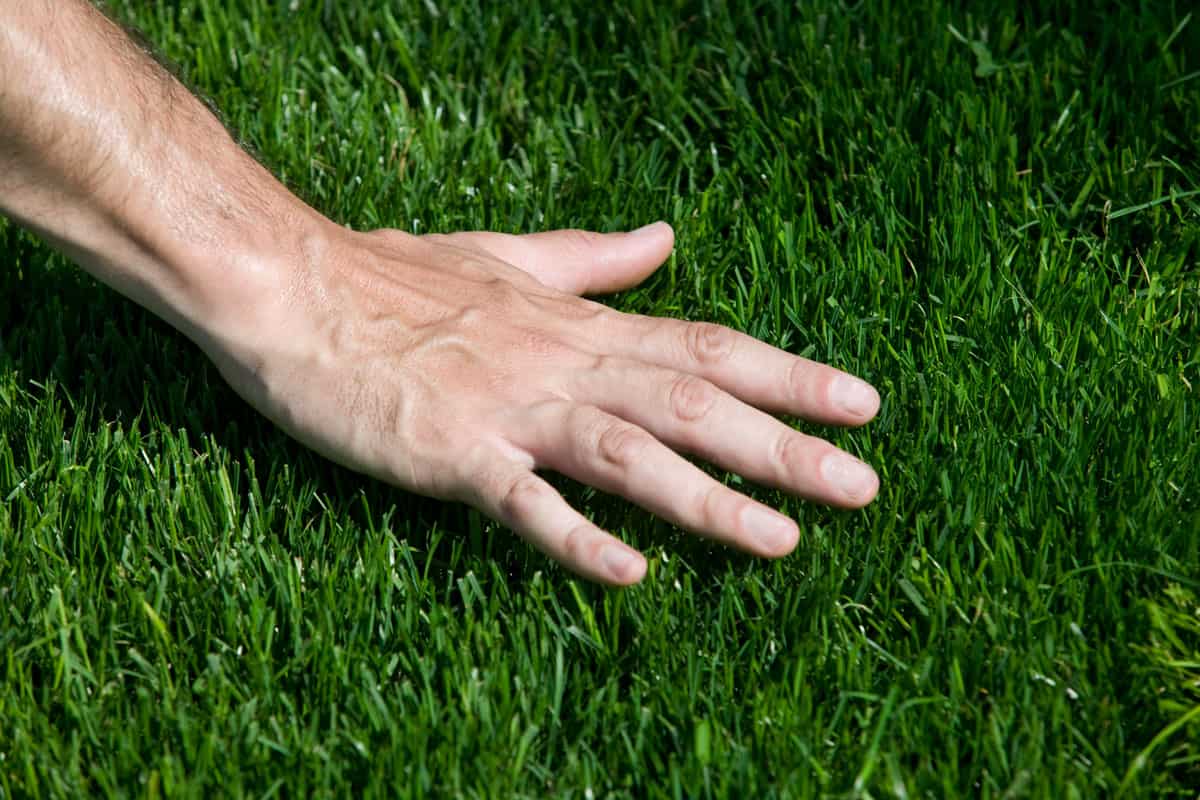
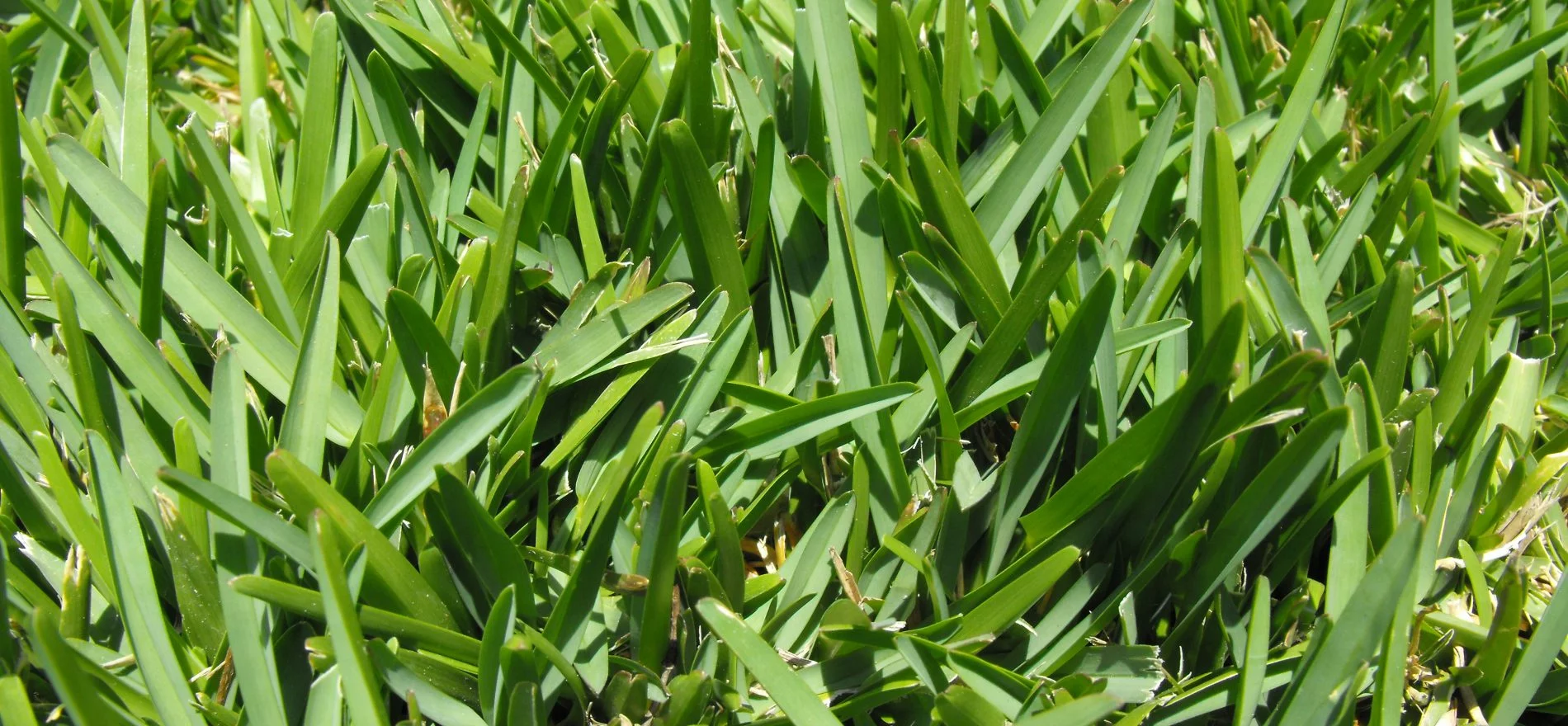

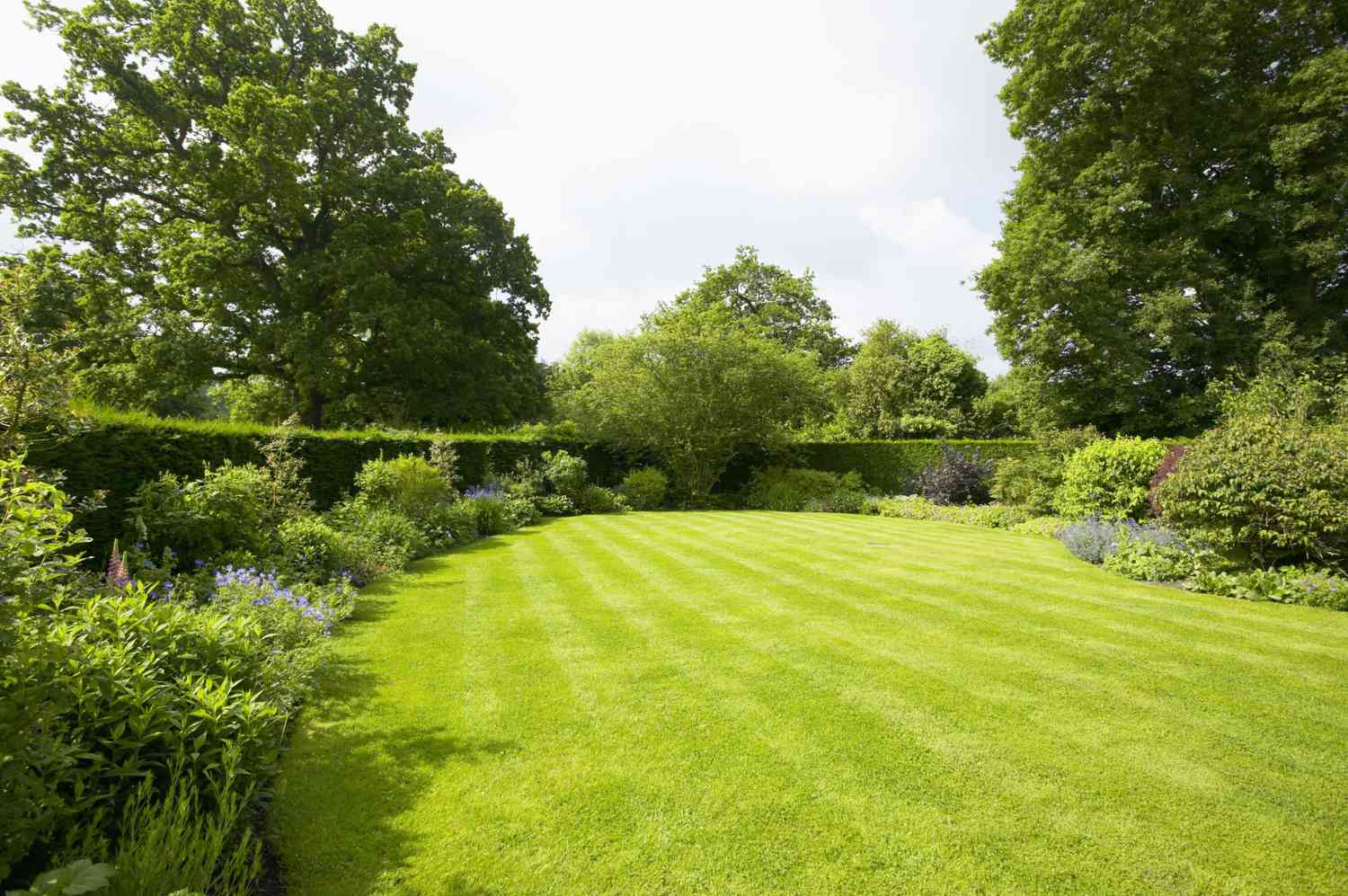
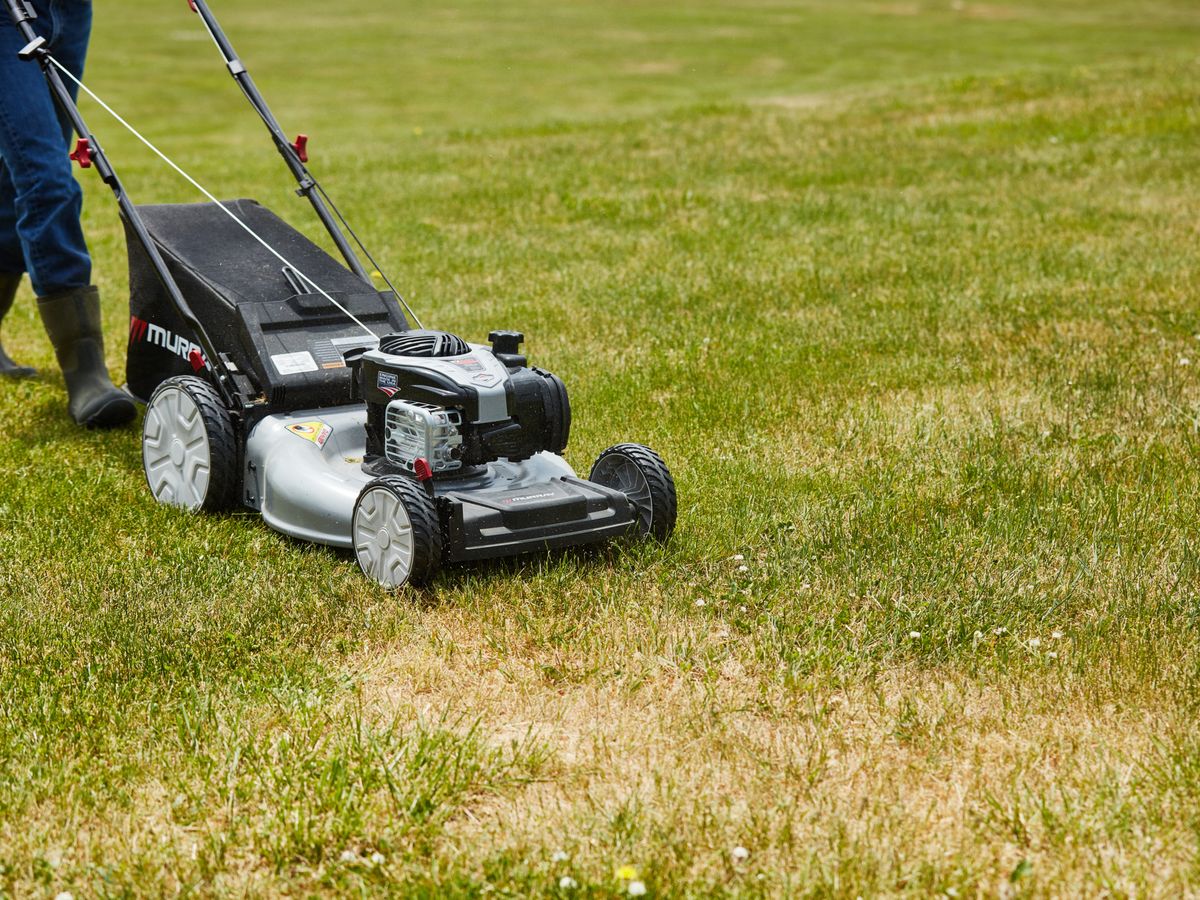
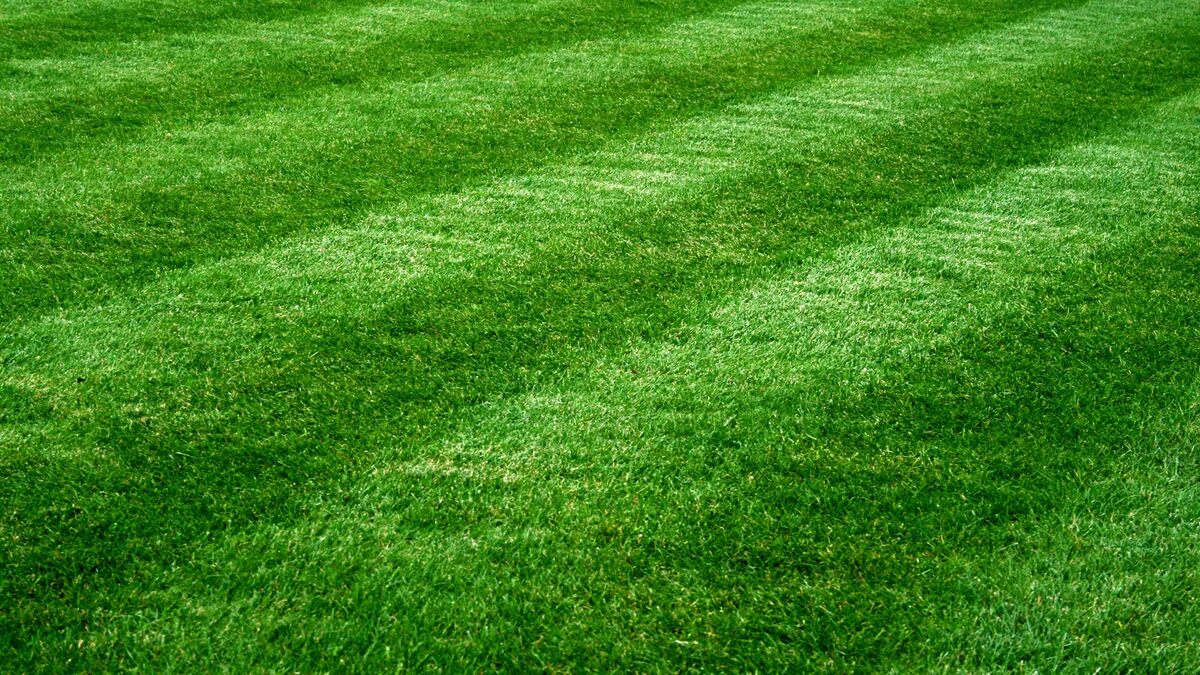
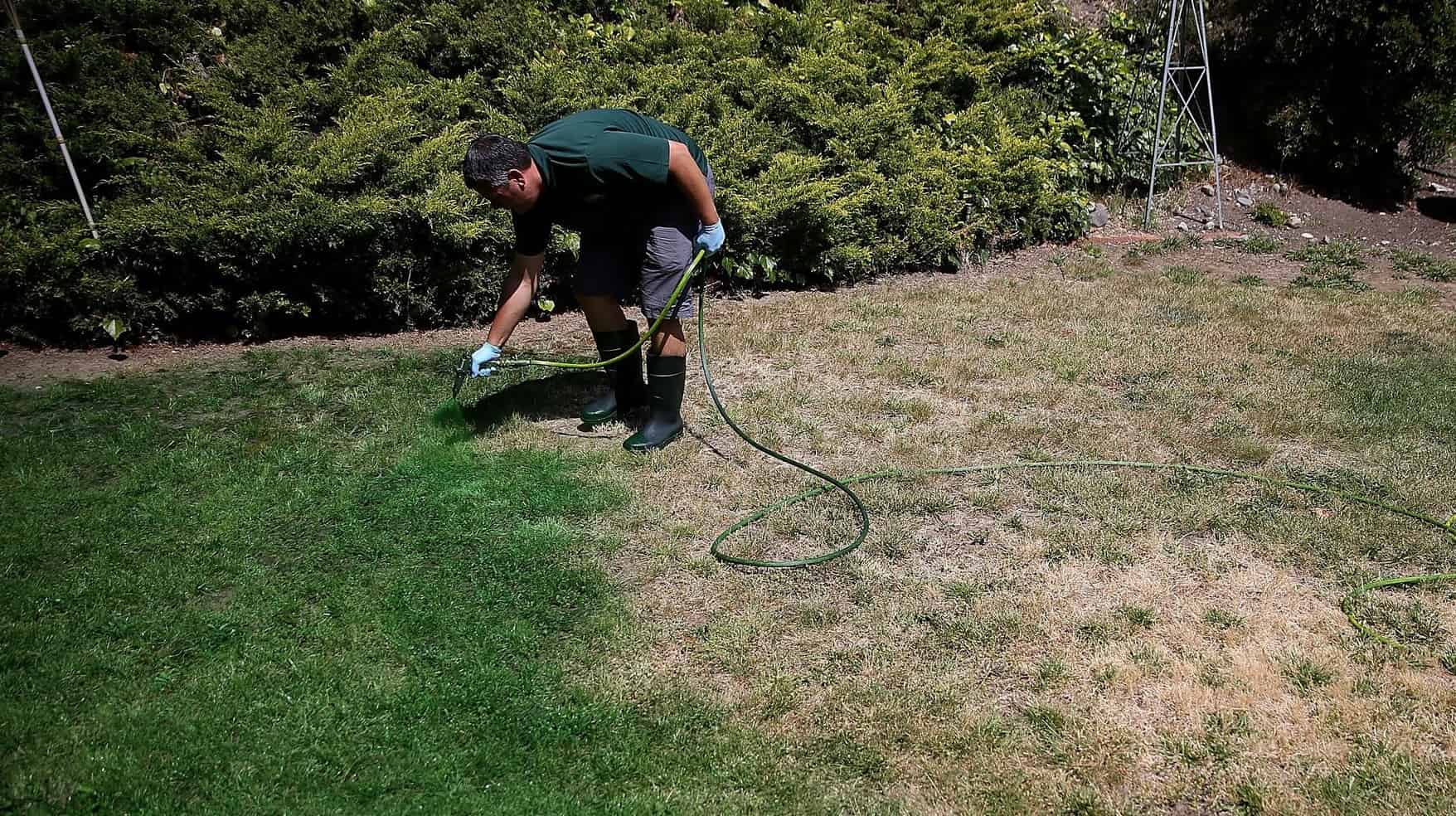
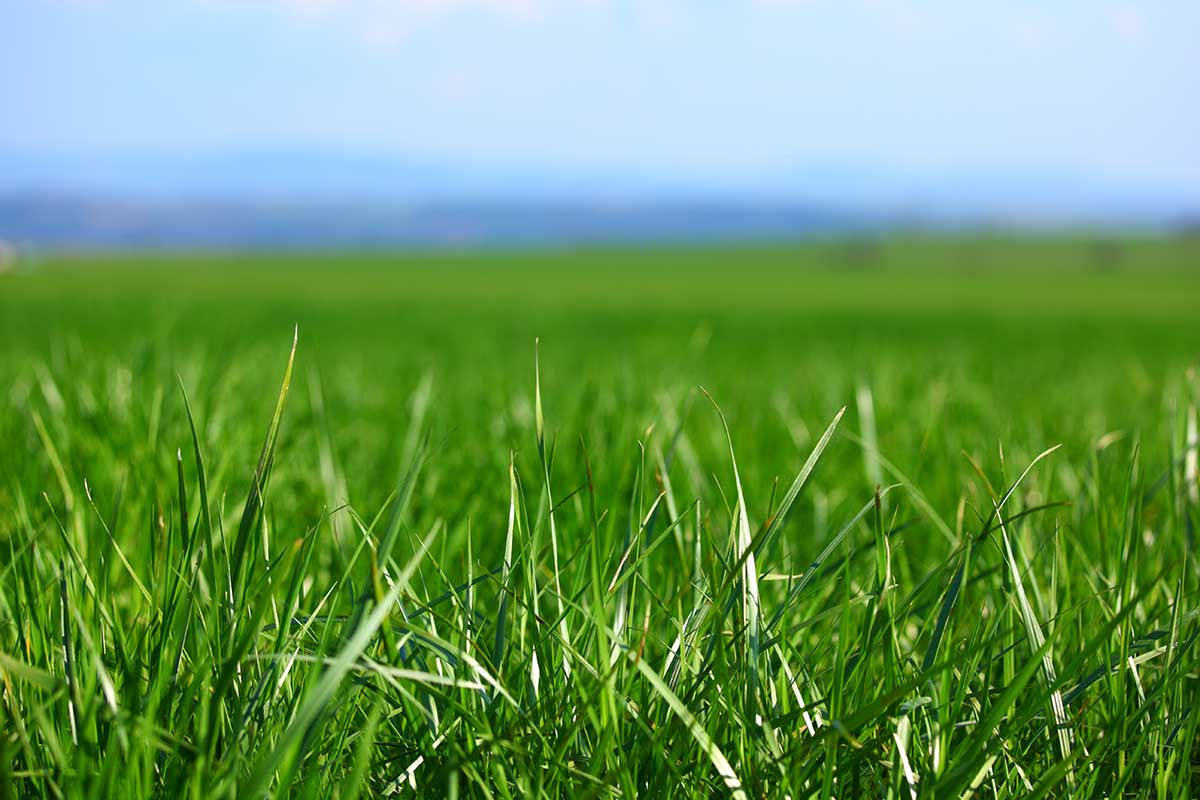
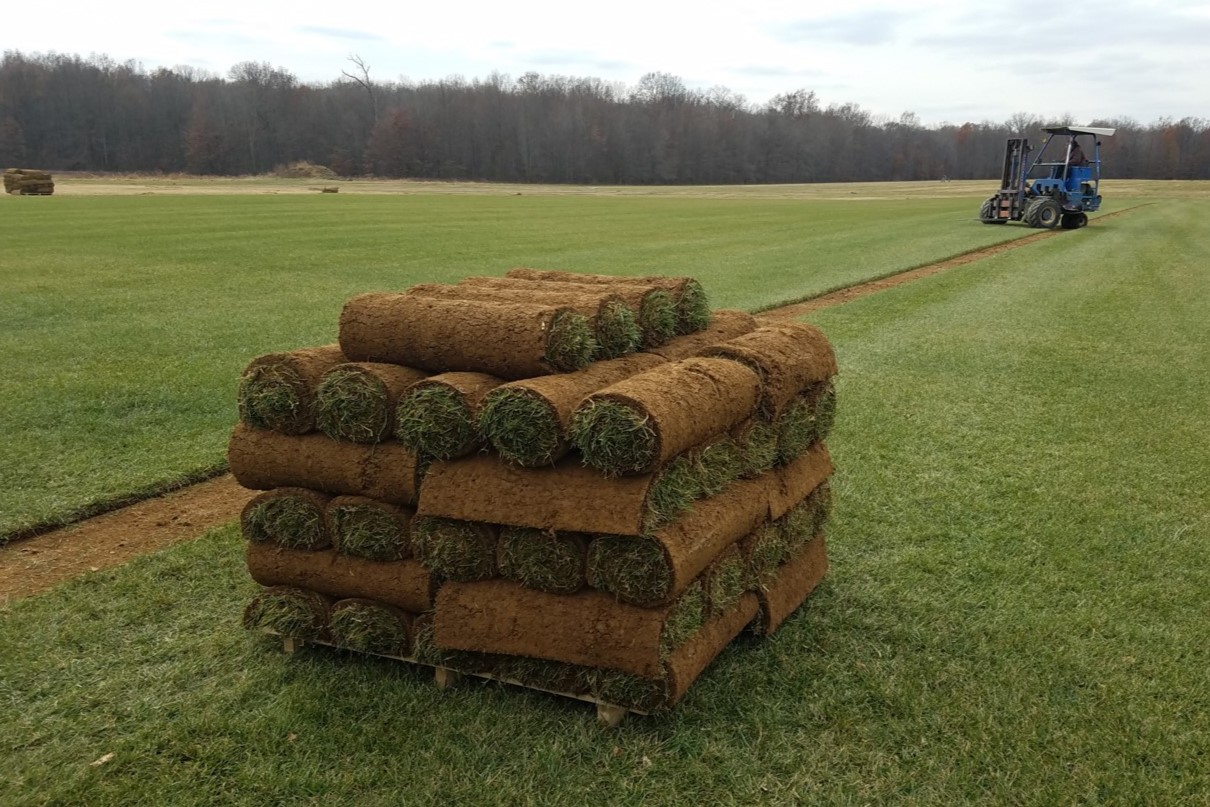
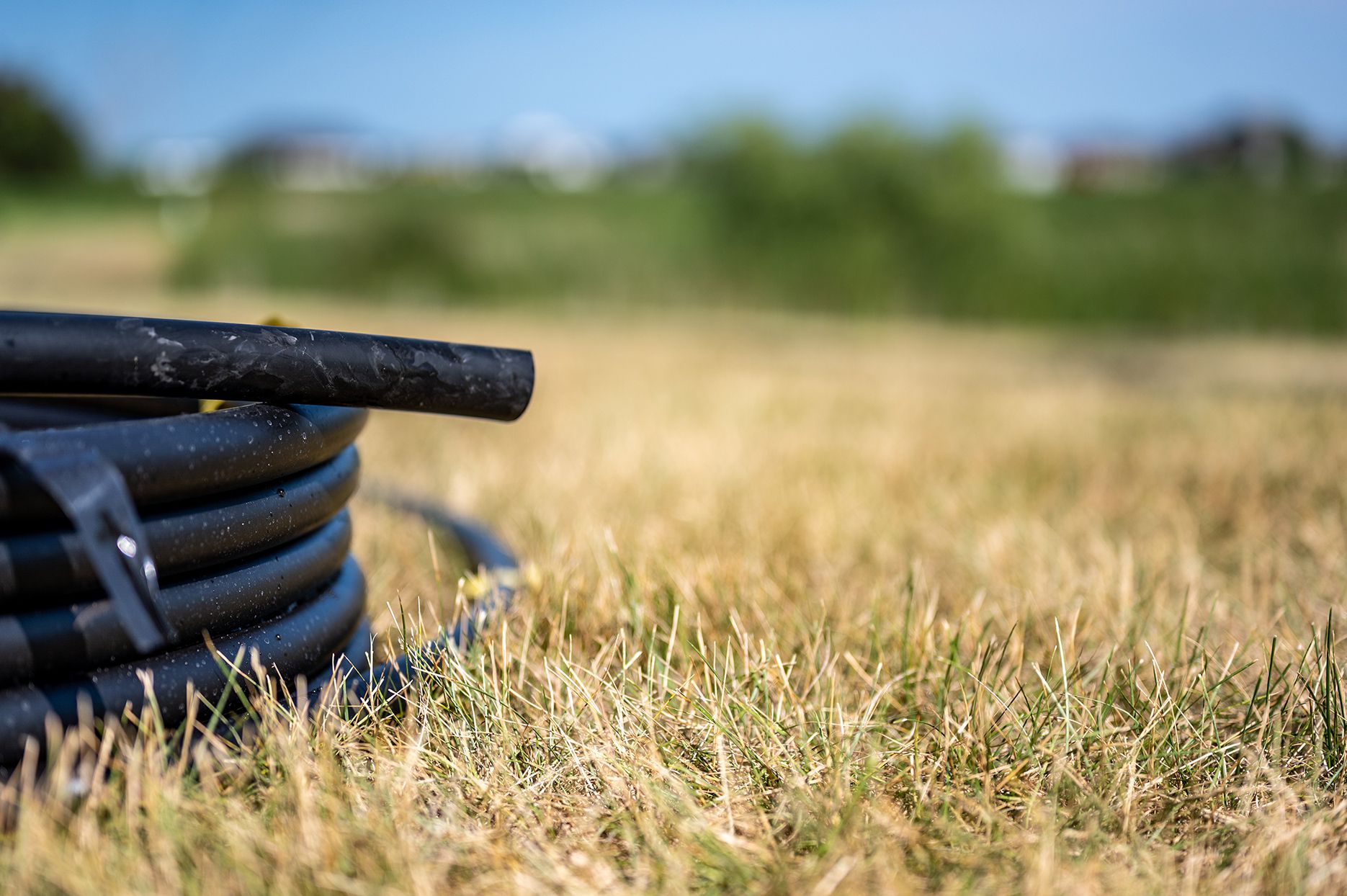

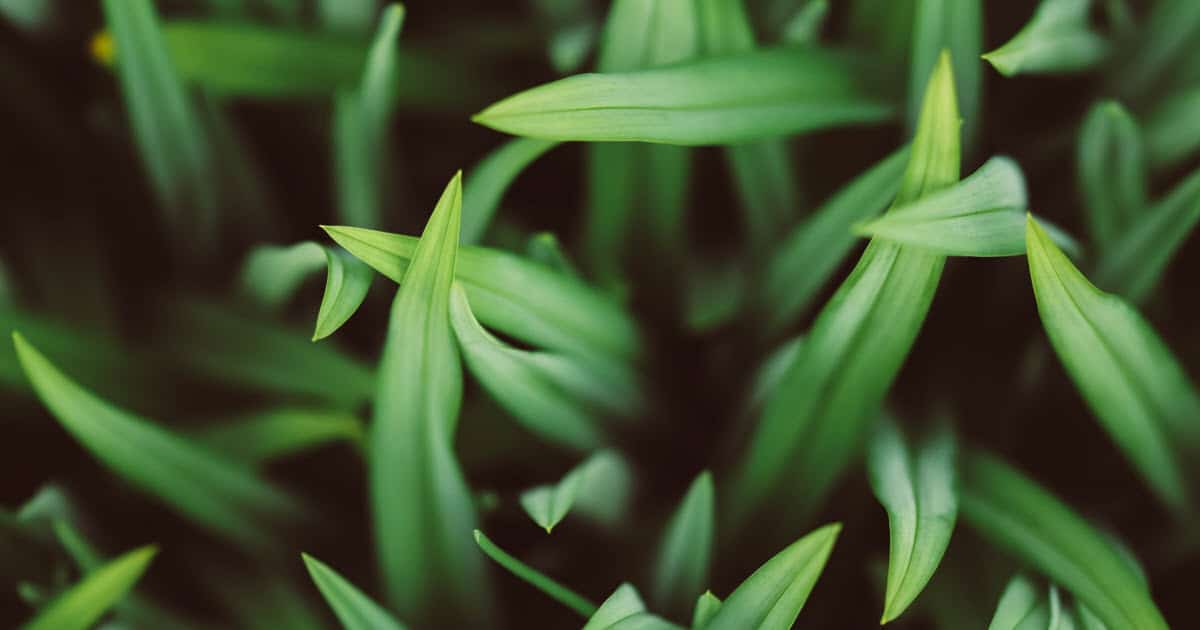
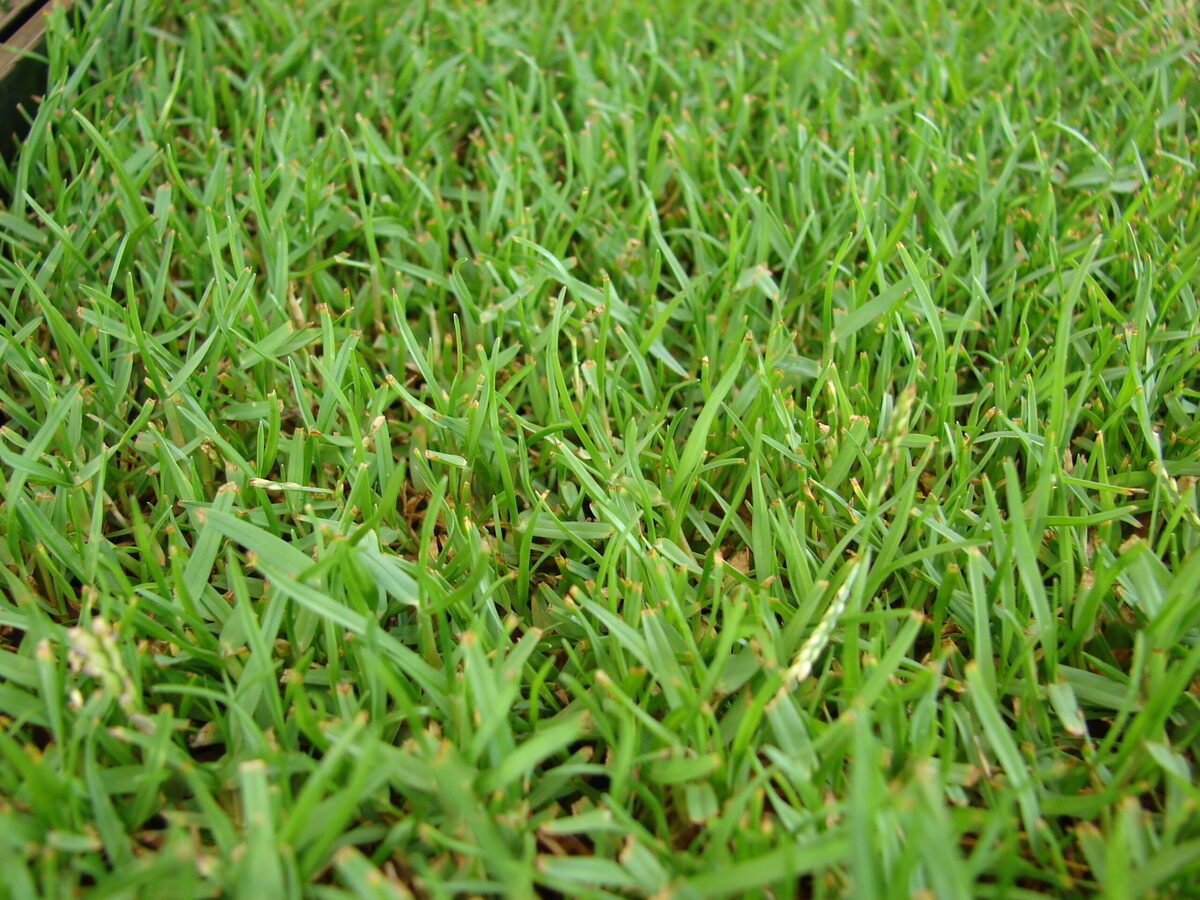
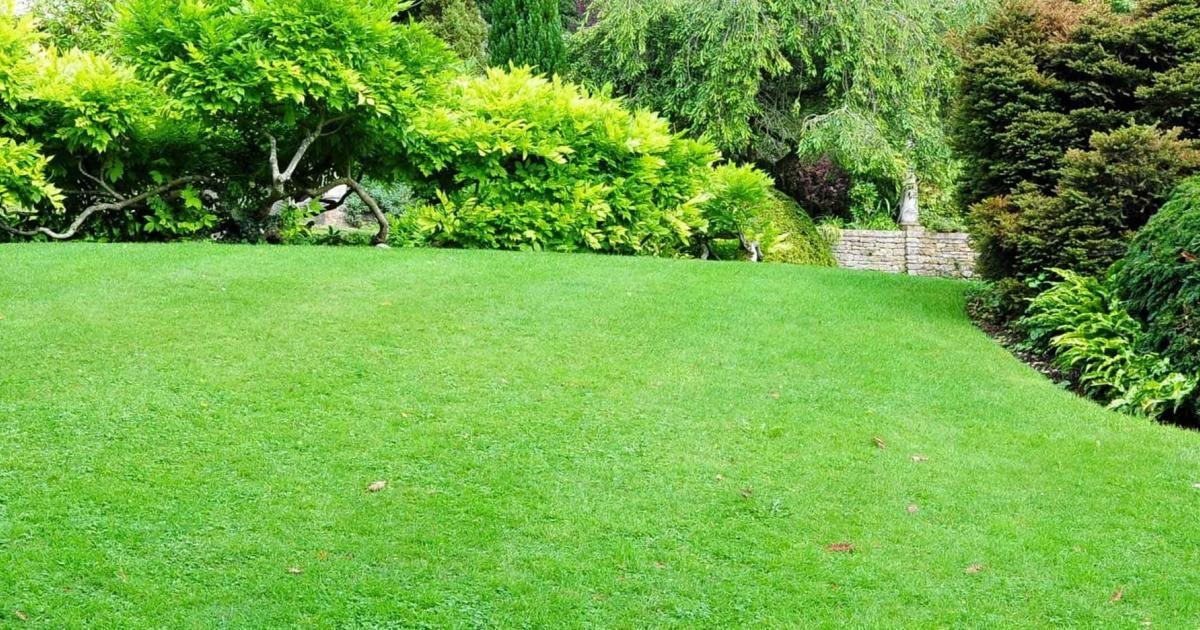

0 thoughts on “How To Get Green Grass”